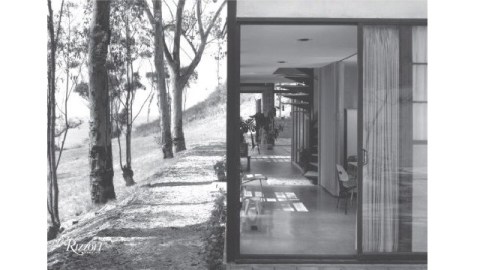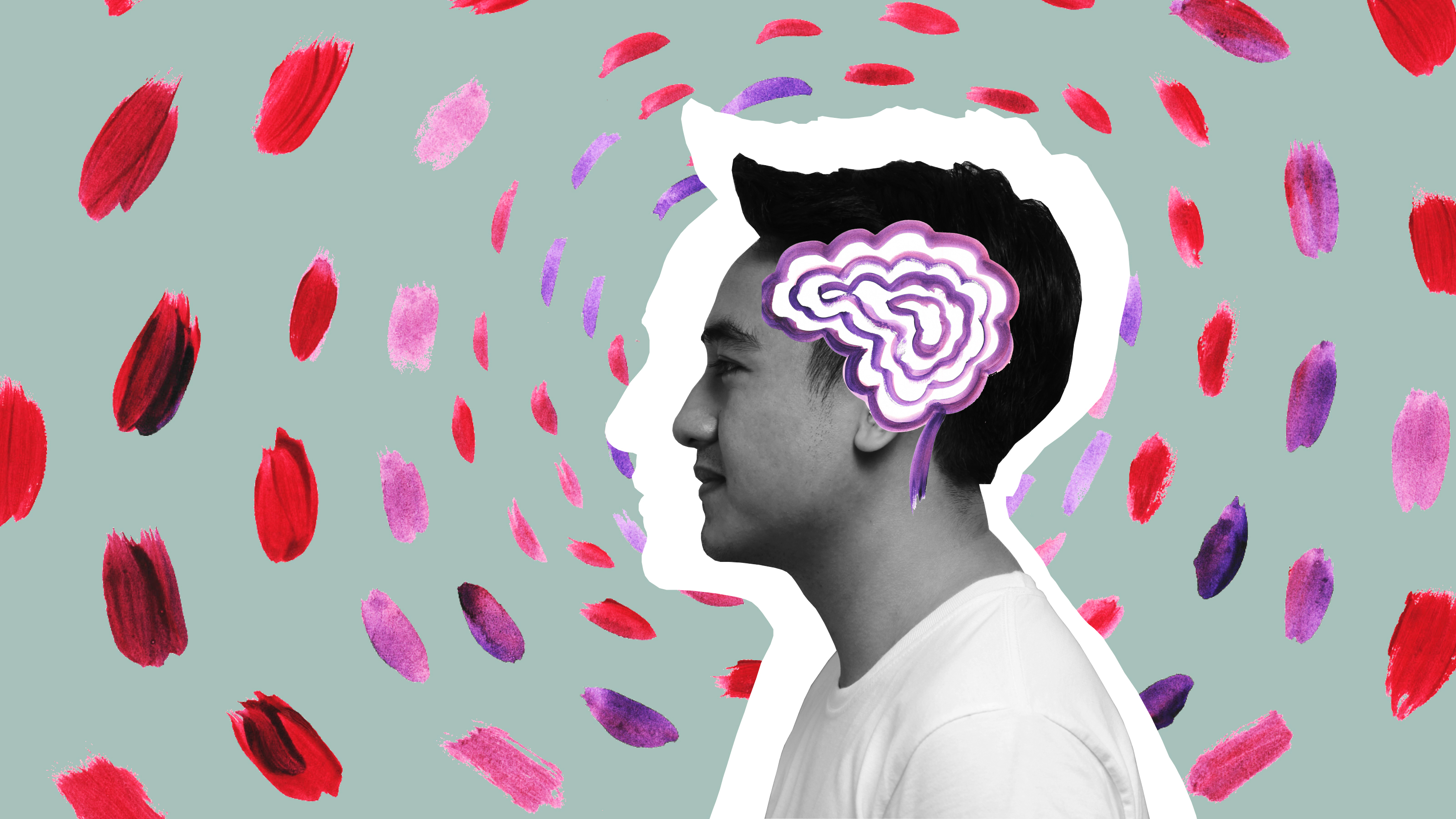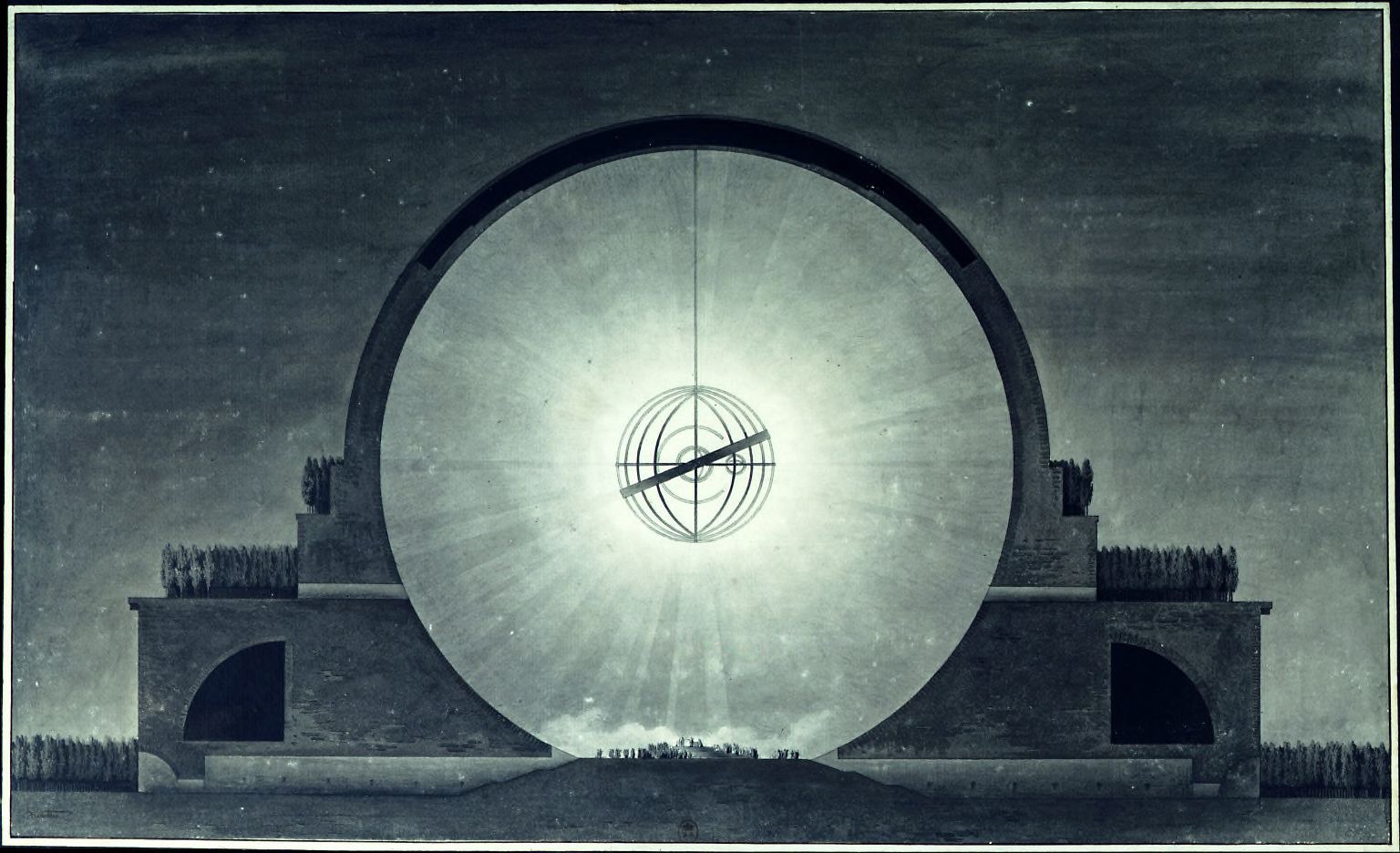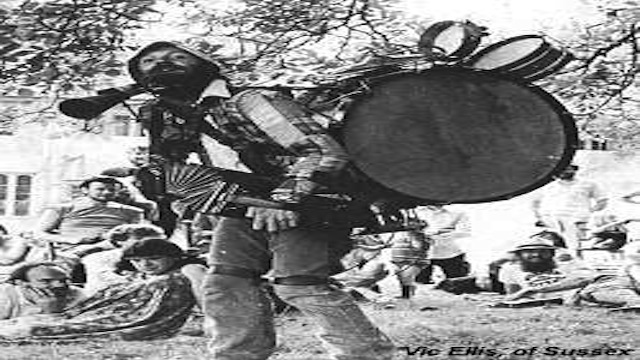California Dreaming: Modern Architecture in Los Angeles

Los Angeles often feels like another planet to non-natives, from the confluence of cultures to the often unearthly architecture. In Architecture of the Sun: Los Angeles Modernism 1900-1970, Thomas S. Hines serves as our ambassador to this brave new world on the left coast that served as the perfect environment for international architectural styles to find room to grow in the United States. Hines, Professor Emeritus of History and Architecture at UCLA, where he teaches cultural, urban, and architectural history, sees L.A. as a prime “consumer and translator of modernist architectures developed elsewhere,” and, thus, “presents a seductive case study of the effect upon modernism of regional patterns and imperatives—and vice versa.” California dreaming in steel, glass, and stone thus continues the dreams of European modernists while simultaneously engaging the local flavors of the City of Angels. Hines’ voyage of discovery through the manmade landscape of Los Angeles is a strange, and stirring, trip.
“[I]n the edenic Los Angeles of the early twentieth century, one of the effects of architectural modernity was to enliven and urbanize a serene, but sleepy, paradise,” Hines writes. The mellow hustle and flow we now associate with Los Angeles, Hines argues, stems from the look and feel of the architecture that surrounded its inhabitants. The garden of Eden that was once pristine Los Angeles bears little resemblance to today’s version. But that challenging environment both pushed as well as comforted the populace. “[M]odernist Los Angeles architecture would continue throughout the century,” Hines writes of the earliest stages of new wave building in L.A., “as the best architecture has always done, to serve as a shelter from the woes of the world and as a stage for confronting and enjoying life.” Modernism and regionalism thus worked hand-in-hand to create exactly what the people in that place and time needed in their lives both at work and at home.
Hines devotes chapters to all of the significant figures in the architectural history of L.A., many of whom, such as Irving Gill, he has already written about extensively in other books. The central figure in the L.A. pantheon, as perhaps in the pantheon of all American architecture, is Frank Lloyd Wright. Wright’s shadow looms over everything done in L.A. during his lifetime and stretches posthumously through his disciples, formal and informal. “[A]lthough [Wright] spent relatively little actual time in L.A.,” Hines explains, “in the modernist architectural genealogy of Los Angeles, nearly all of the central figures and their followers were touched by him.” Lloyd Wright, Frank’s biological son, continued to preach his gospel on the L.A. landscape as much as Rudolph Schindler and Richard Neutra, Frank’s ideological “sons,” did.
Hines takes us through the ideological “interior” of each project as much as into the physical interiors and exteriors. The lifetime Hines has spent in sunny L.A. shines through every page of this massive tome, which weighs more than either of my sons when they were born. Landmark Frank Lloyd Wright works such as Hollyhock House, Freeman House, and Ennis House and shown in text and illustrations in loving detail. The sprawling history stretching from Charles Greene and Henry Greene’s early California Craftsman Bungalow to John Lautner’s space-age Malin House (aka, the “Chemosphere,” which will be familiar to anyone who has seen Brian De Palma’s 1984 film Body Double) seems downright cozy in Hines’ hands. Hines humanizes the structures, making us feel welcome in places such as Eames House (detail shown), built by the husband-and-wife team of Charles and Ray Eames in 1949. These are buildings meant to serve the people who work and live within them, and Hines never loses sight of that.
Hines’ personal coda at the end of the book, in which he recounts his exploits in the world of L.A. architecture since moving there in 1968, seem almost superfluous. Hines and his wife not only lived in Neutra’s Strathmore Apartments, but he later became friends with Neutra and his wife, Dione, who introduced Hines to the inner circle of L.A. modernist architects, including Pauline Schindler, Rudolph’s wife. Hines writes Architecture of the Sun: Los Angeles Modernism 1900-1970 from a personal and a professional vantage point, thus mixing human warmth with academic cool in perfect proportions. Even if you find architecture boring, you will find yourself caught up in Hines’ drama. California modernist architecture may have ended half a century ago, but thanks to Hines, we can awaken to the dream it once held for a better tomorrow through the buildings of the day.
[Many thanks to Rizzoli to providing me with a review copy of Architecture of the Sun: Los Angeles Modernism 1900-1970 by Thomas S. Hines.]





